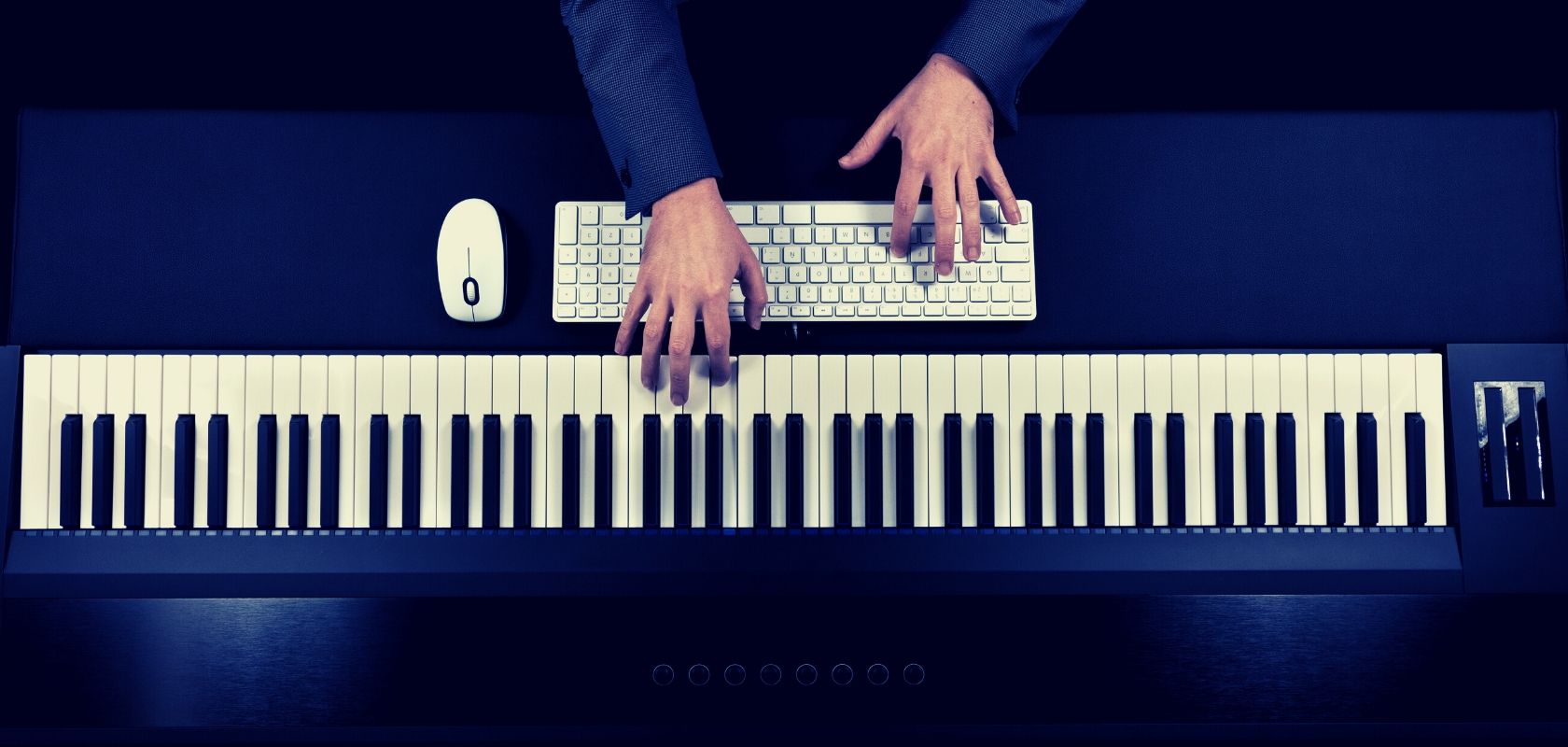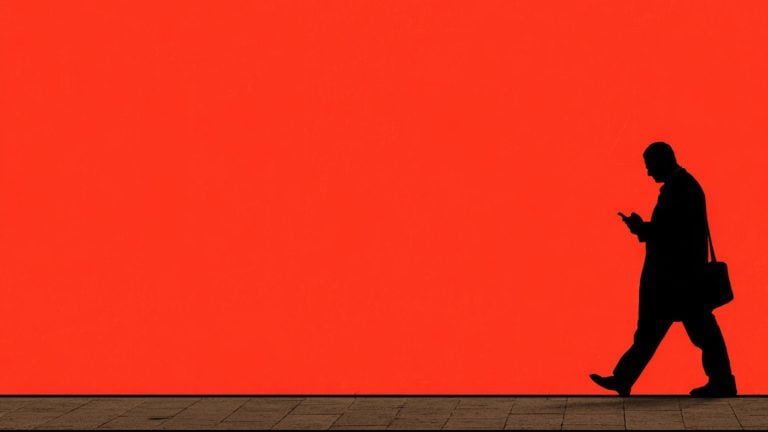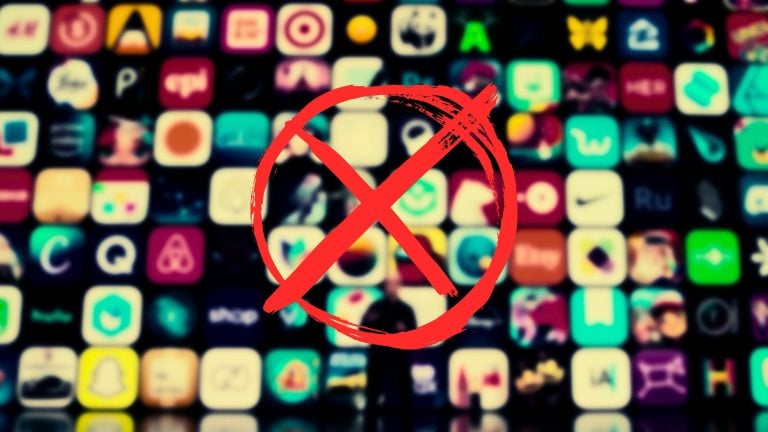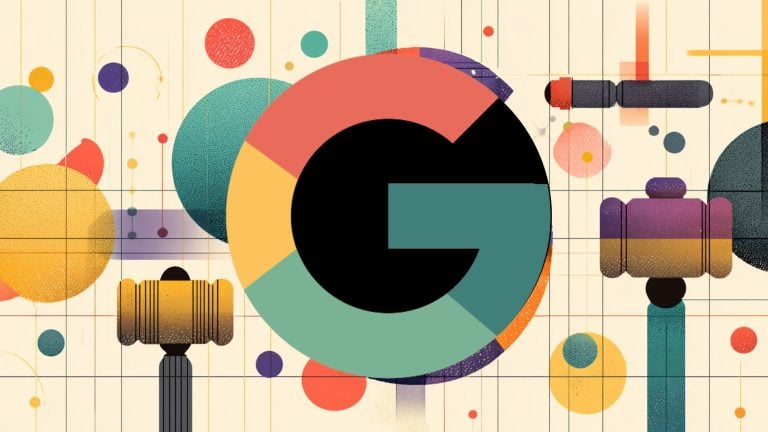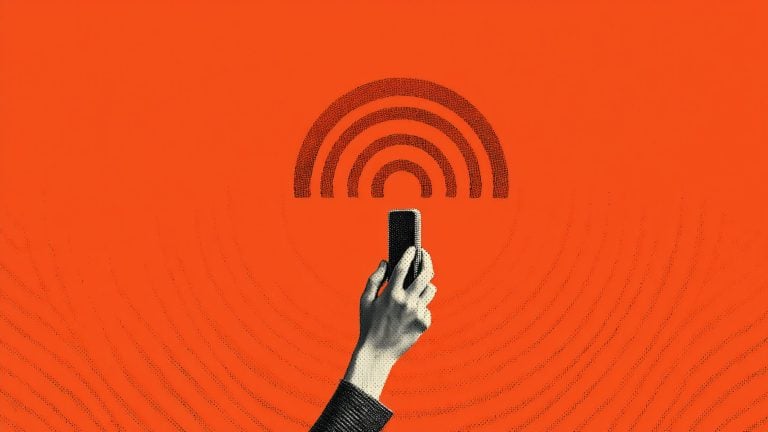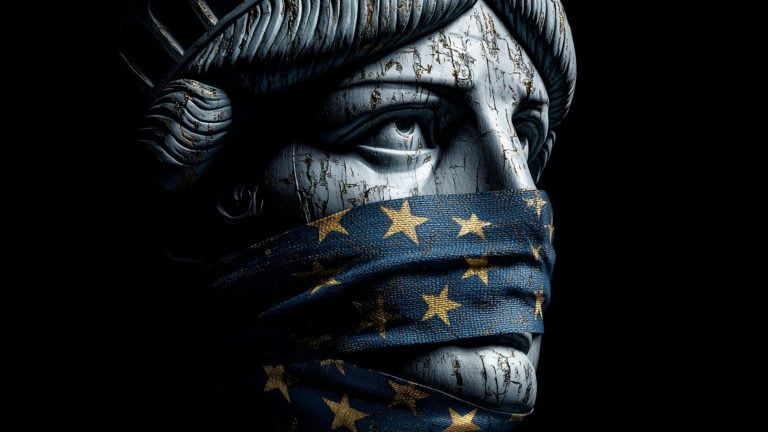Last summer, a California jury decided that pop star Katy Perry’s song “Dark Horse” infringed on the copyright of Christian hip-hop artist Flame’s 2008 song “Joyful Noise.”
Perry and her writers and producers – who were ordered to pay $2.8 million in damages – said the ruling was “a travesty of justice” as they couldn’t have infringed – having neither access nor creating a work of substantial similarity.
Many commented on the jury’s decision as a potentially dangerous precedent that could bog down the music industry in copyright chaos.
Among them was YouTuber and musician Adam Neely, who later set out to create an experiment together with Damien Riehl and Noah Rubin, and share it in a video entitled, “Every Melody Has Been Copyrighted (and they’re all on this hard drive.”
Click here to display content from YouTube.
Learn more in YouTube’s privacy policy.
They said the drive in question contained 2.6 terabytes of compressed data consisting of 68.7 billion copyrighted melodies.
And since “every melody” has thus been copyrighted – now what?
Asking that question was the purpose of the video, as it’s revealed at the end – it’s an attempt to “throw a wrench” into the whole copyright protection process as it is today, in the hope of highlighting its shortcomings.
But another YouTuber, lawyer Leonard French, added his two cents to the conversation – from the purely legal standpoint.
His video – “No, Every Melody Has Not Been Copyrighted”- aims to explain what Neely, Riehl and Rubin have actually done.
Click here to display content from YouTube.
Learn more in YouTube’s privacy policy.
For one thing, French said, they haven’t succeeded in generating every possible melody.
Instead they applied an algorithm to 3 octaves, since going all-in with 88 keys and using all notes to make 10-note melody sequences would have produced technically unmanageable amounts of data.
“I think musicians are too worried about substantial similarities without understanding how copyright works,” French says.
He cites Neely as asking, “can you really copyright a four-note sequence” – and explains that if they sound similar and a jury finds them substantially similar – then yes, you can.
Can this be fixed by creating 68.7 billion melodies and registering them (under a Creative Commons permissive license)?
French says, no.
Melodies generated in this way don’t meet the requirement of originality (though the algorithm that outputted them might); and crucially, copyright law allows two artists “to create the same thing, as long as they didn’t have access (…) copyright infringement means copying, or access and substantial similarity.”
And proving prior access to 68.7 billion melodies might get more than a little tricky.
In the end, French takes Neely’s video for what it is – “a fun thought experiment to throw a wrench in the works of copyright.”
However, as he then observes, “It’s not even a wrench that the gears can’t chew up. The machinery is made to deal with that problem by dismissing it from a lawsuit or claim.”

